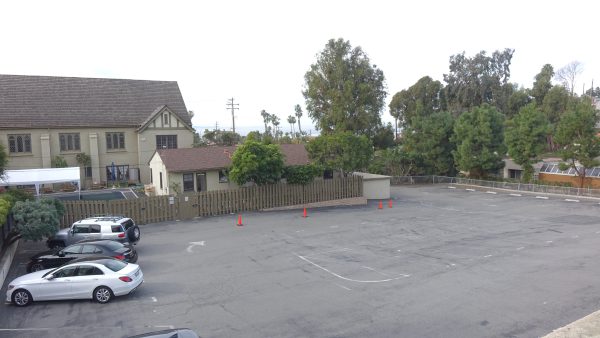
The Laguna Beach City Council voted unanimously Tuesday to approve the Housing Element update, a document that will guide housing development in the City for a decade.
This vote caps a process that started in December 2020 and included five public meetings. Local housing advocates have argued that the plan doesn’t go far enough to encourage the construction of workforce housing. State officials must still certify the document.
Councilmembers were racing against a Feb. 12 deadline from the State Dept. of Housing and Community Development to send a plan for 394 residential units affordable to very low- to moderate-income families. Missing the deadline could attract litigation from state officials, who have recently been more active in enforcing housing laws, Community Development Director Marc Wiener said. Laguna Beach could also miss out on state housing grants.
“I think some of these housing programs do have potential and I like the fact that there are dates attached to them. I would say we just need to adhere to those dates and we don’t allow this to just go on the shelf and time to slip away,” Mayor Pro Tem Bob Whalen said.
Whalen added that it’s important for city leaders to plan to implement the policies laid out in the Housing Element update.
Neighborhood Congregation Church’s parking lot, 340 St. Ann’s Drive, was identified as a site for 21 low-income housing units. A vacant parcel uphill from Providence Mission Hospital Laguna Beach at 31778 Sunset Ave. could house 68 low- and moderate-income units.
A partial redevelopment of The Artisan Laguna Beach apartments off El Toro Road was named as a possible site for an additional 147 housing units—the vast majority would be priced above moderate-income—totaling more than a third of units needed to appease state officials.
These and a handful of other sites were identified by city staffers because they would not require a zone change for housing to be developed as housing.
Other policies for creating senior and low-income housing include consideration of mixed-use projects along Coast Highway and allowing residential development in the light industrial area of Laguna Canyon.
Laguna Beach also plans to promote the construction of accessory dwelling units by creating a comprehensive handbook on the related city and state laws.
City officials have underscored that state law only requires local agencies to zone properties to accommodate the Regional Housing Needs Allocation. Laguna Beach and other Orange County cities tried and failed to get the state-backed Southern California Regional Association of Governments to reconsider its affordable housing mandates.
Most Laguna Beach residents who have spoken at housing meetings over the last year have generally shared the view that the City has an ethical responsibility to provide housing to seniors, young adults, and families at all income levels. Nonprofit housing developers have signaled that affordable housing projects must include at least 25 units to pencil out financially.
But when city officials identify certain sites for senior and workforce housing, neighbors almost always protest on grounds that they will exacerbate parking, traffic, and public safety headaches. After hearing these arguments for decades, state lawmakers put their foot down last year by passing Senate Bill 9.
As of Jan. 1, California homeowners can build up to three additional units on their land. Cities are already in revolt.
In December, Santa Barbara passed an emergency ordinance banning this development in high-fire and extreme high-fire hazard areas of Santa Barbara’s foothills. Laguna Beach hasn’t taken similar steps despite its very high wildfire hazard severity.
In addition to the risk of new construction in a high-fire area, the hospital property site between Mar Vista and 8th Street would aggravate parking and traffic problems in a neighborhood already impacted by beachgoers, South Laguna resident Jinger Wallace said. She pleaded with the City Council to scrap the idea.
“Shoehorning in 394 affordable dwelling units into Laguna’s already compact neighborhoods is certainly a challenge but must be done carefully after all we are a community that cherishes our environment and neighborhoods,” Wallace said.
Councilmember Toni Iseman asked if city staff could hire a consultant to expedite revisions to environmental documents so the hospital site could be removed. Wiener said no firm could complete the work in time before the next city council meeting.
“It sounds to me as if this doesn’t come off tonight we may have a problem,” Iseman said.
Alex Rounaghi, chair of the Housing and Human Services Committee, asked for the City Council to find time to hold a joint meeting with his fellow committee members to draw up concrete steps to implement newly-adopted housing policies.
“On its own, the adopted housing element will not change our city’s lack of progress on this fundamental issue of housing, but with staff collaboration and a strategic approach for implementation, the broad goals and actions that it includes can be the basis for producing the housing that addresses our community’s housing needs. We look forward to engaging our community in that important work,” Rounaghi said in a statement Wednesday.




